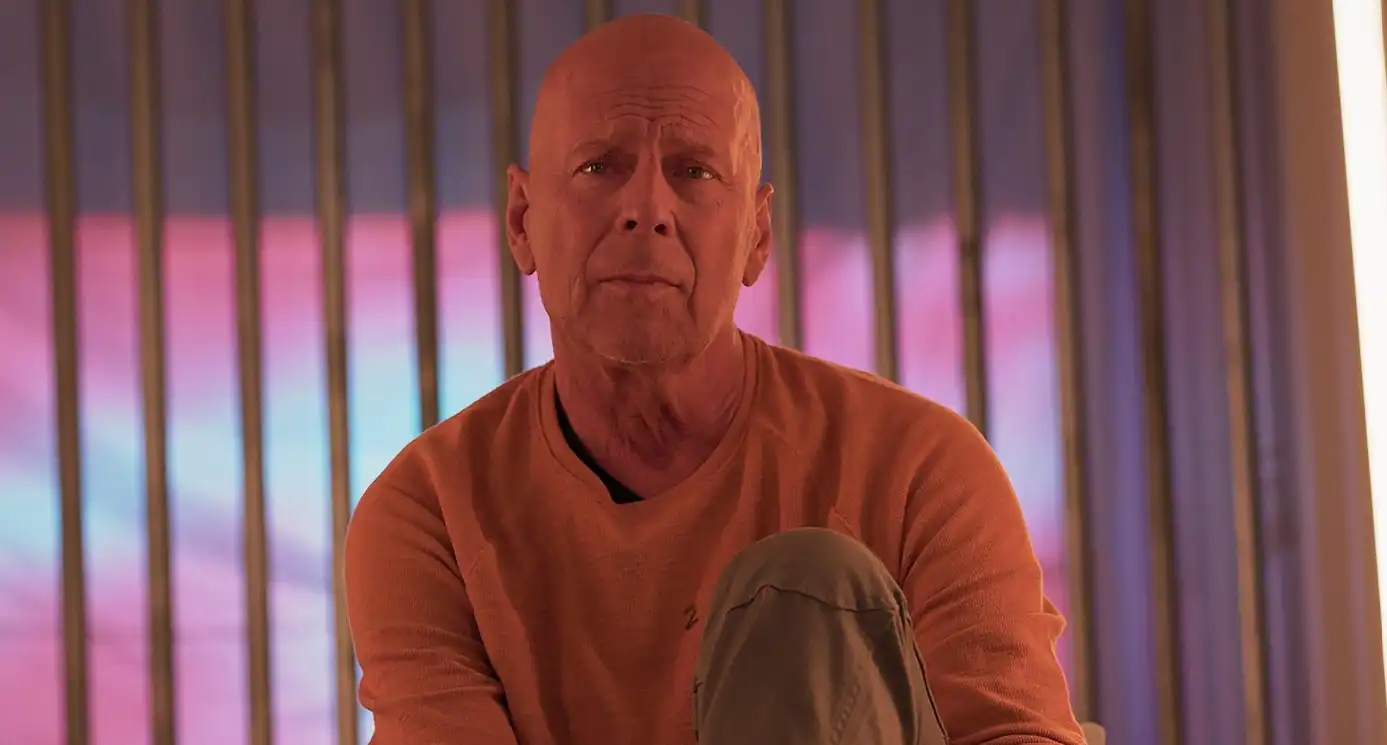The Sonic Architect of Dreams: How Hans Zimmer's Music Elevates Christopher Nolan's Worlds
Muhe - Friday, 01 August 2025 | 07:00 PM (WIB)


A Symphony of Synergy: From Gotham's Shadows to Cosmic Dust
Their journey together officially kicked off with 2005's Batman Begins, a film that redefined the superhero genre. Nolan wanted a fresh sound for the Caped Crusader, something beyond the usual bombastic fanfares. Zimmer, alongside James Newton Howard, delivered. Instead of a typical heroic theme, they crafted a score that felt more like a slow burn, building tension and capturing the psychological torment of Bruce Wayne. It wasn't about the costume; it was about the man beneath it. This laid the groundwork for their next-level collaborations, particularly with The Dark Knight, where Zimmer unleashed the chaotic, unsettling two-note motif for The Joker – a sound that, honestly, still gives me goosebumps every time I hear it. That's how you know you've got something special: when a sound can embody pure villainy without a single word being spoken. The way they built up Gotham's sonic identity through the trilogy was genuinely next-level stuff.The Iconic "BRAAAM" and the Organ's Call: Inception & Interstellar
If there's one sound byte that instantly conjures images of epic, high-stakes cinematic moments, it's the "BRAAAM" from 2010's Inception. That deep, resonating horn blast became a global sensation, a sort of shorthand for anything intense or mind-blowing. It's wild to think it originated from a slowed-down Edith Piaf track! But it wasn't just a cool sound; it perfectly encapsulated the film's dream-within-a-dream structure, acting as an auditory anchor in a world where reality constantly shifts. Zimmer’s score for Inception wasn’t just a backdrop; it was integral to the narrative, guiding us through layers of consciousness, making us feel the urgency and the dizzying weight of their mission.Then came Interstellar in 2014, and Zimmer, ever the innovator, pulled out an absolute game-changer: the organ. Yes, an organ, typically associated with churches, became the voice of the cosmos. It was a bold, almost blasphemous choice for a sci-fi epic, yet it worked like a charm, conveying both the unimaginable vastness of space and the profound intimacy of human emotion. The powerful swells and haunting resonance of the organ perfectly mirrored humanity's desperate search for a new home, the ticking clock motif driving home the urgency of time dilation, and moments like "S.T.A.Y." hit you right in the feels with such raw, unadulterated emotion that you just can't help but get misty-eyed. It’s a masterclass in scoring, using an unexpected instrument to tell a deeply human story on a cosmic scale.Tension Unbroken: Dunkirk & Tenet's Sonic Puzzles
For Dunkirk (2017), Zimmer took a different approach. The score is less about traditional melodies and more about relentless tension. He masterfully employed the Shepard tone, an auditory illusion that creates the perception of a tone constantly rising in pitch, even though it never actually does. This became the backbone of the film’s relentless suspense, mimicking the ticking clock of the evacuation and the ever-present threat of enemy forces. You feel the anxiety in your gut, not just see it on screen. It’s a score that doesn’t let you breathe, perfectly mirroring the characters’ desperate struggle for survival. It's a testament to how Zimmer can strip back to basics and still create something monumentally impactful.And speaking of pushing boundaries, Tenet (2020) saw Zimmer step into a more advisory role, with Ludwig Göransson taking the reins, but the Zimmer fingerprint is undeniably there in the experimental, inverted sonic landscape. The music mirrors the film’s complex narrative of time inversion, often playing backwards or featuring palindromic structures. It’s disorienting, exciting, and utterly unique – a score that demands active listening, much like the film itself demands active viewing. It's a continuation of that shared ethos between Nolan and Zimmer: never settle for the obvious, always push the envelope.Beyond the Notes: Why It Just Works
So, what makes this collaboration a match made in cinematic heaven? It’s more than just a composer and a director getting along. It's about a shared philosophy. Both Nolan and Zimmer are meticulous architects of worlds, obsessed with details and pushing the boundaries of their respective crafts. Zimmer doesn't just underscore scenes; he amplifies the underlying psychological and emotional currents. He understands that a Nolan film isn't just plot-driven; it's an experience. The music becomes an extension of the storytelling, a visceral tool that helps you *feel* the grand scale, the personal stakes, and the mind-bending concepts. It’s about creating an atmosphere so potent that it lingers long after the credits roll.In essence, Hans Zimmer’s music isn't merely background noise in Christopher Nolan's films; it's the very heartbeat of their narrative, the emotional core that grounds the most audacious concepts. Their collaboration has redefined what's possible in film scoring, setting a benchmark for immersive, boundary-pushing cinematic experiences. From the echoing emptiness of space to the frantic tick of a bomb, Zimmer’s sonic artistry elevates Nolan's vision, leaving audiences not just entertained, but profoundly moved and, quite frankly, a little breathless. It's a legacy that continues to resonate, proving that sometimes, the most profound stories are told not just with images and words, but with the universal language of sound.
Sabrina Carpenter: The Unseen Layers Beneath the Pop Princess Crown
2 months ago

Avril Lavigne Back in the Limelight: High-Profile Collaborations, World Tours, and Conspiracy Rumors
2 months ago

Taylor Swift Breaks Instagram Record on Engagement Post
2 months ago

Anne Hathaway in the Spotlight During the Filming of The Devil Wears Prada 2
2 months ago

Bruce Willis and His Family's Dementia Struggle
2 months ago

The Engagement Watch: Why Taylor Swift and Travis Kelce Are Keeping Us All on the Edge of Our Seats
2 months ago

BTS Shines Again: Reunion, Return, and Recent Activities
2 months ago

Game On, Love Story: How Travis Kelce and Taylor Swift Rewrote the Playbook for Sports and Entertainment
2 months ago

Taylor Swift and Travis Kelce Engaged: A Love Story in the Spotlight
2 months ago

Idol Star Athletics Championships (ISAC) 2025: Viral Moments, Controversy, and Excitement in the Idol Arena
2 months ago
